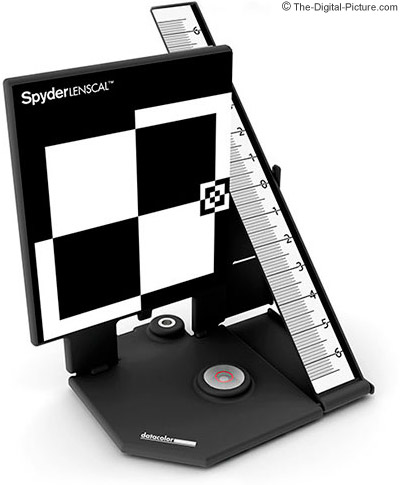Not a great picture of the bird as the eye is in shadow, but the problem is clearly visible. The bird is slightly soft, and the rock about 6-8 inches in front of the bird is bitingly sharp.
Oh goody. A lens calibration problem in the middle of nowhere.
Luckily Mr Google and Mrs YouTube came to the rescue. The recommendation was to use a proper lens calibration kit such as the Spyder "LensCal".
Hazard a wild guess as to whether there was a shop in Djupivogur which would sell me such a thing. Time to improvise, in other words. I looked around for something which I could use as a focus chart, and the only thing available was a tourist leaflet for the Myvatn Nature Bath (some pictures here) which had crisp text on a white background plus some half-toned pictures. It also had some nice scantily clad ladies on the front cover, but that's not why I chose it. Honest. Next step was to work out how to attach it to the wall so that I could photograph it. No sellotape, blu-tack or the like, so again improvisation was the order of the day. Corn Plasters! You can see one still attached to the back of the leaflet in the second picture below.
Having fixed the leaflet to the wall, I put my camera on a tripod with the offending lens/teleconverter combination, and started the calibration process. This involves turning off IS, engaging mirror-lock and getting the camera to focus on a known point on the target (in my case, the "R" of "NATURE"). It was then a matter of taking a set of shots at different focus calibration settings before processing them to see which gave the best results. To cut a long story short I ended up dialling in +15 units of focus compensation, and the results can be seen below. It might not seem much on the before/after shot, but the difference in normal operation was staggering. Instead of only one shot in ten being sharp, any softness was down to the inadequate focus-following of the Canon 5DmkII or - more usually - operator error!
Sadly the 5DmkII can only remember a single calibration value for each lens combination, so I was only able to calibrate the long end of the 70-200. Since this is what I'd brought the 1.4x converter for, however, it didn't seem too much of a hardship. I know that the 5DmkIII is capable of calibrating both ends of a zoom lens (and, presumably, interpolating between the two extremes). A good reason to buy a 5DmkIII, perhaps?
Here endeth the technical interlude. Normal service on the Iceland Front will be resumed as soon as possible...






No comments:
Post a Comment